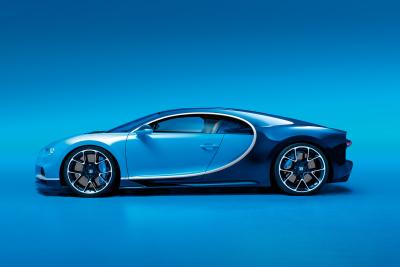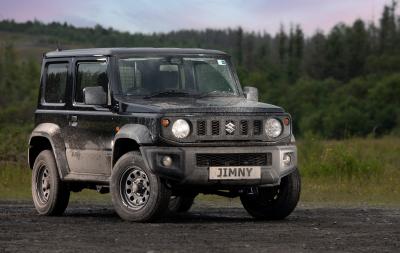You know that bit in awards ceremonies where they play some sombre but gentle piano music over a black-and-white montage of all the noteworthy people in an industry that have passed away over the last 12 months? This is our version of that.
While 2024 has bestowed us with some cracking cars, we’ve also seen far too many automotive heroes fall by the wayside. Some lived tragically short lifespans while others arguably overstayed their welcome, but either way, we’re going to miss these 12 cars now they’re gone. Hankies at the ready, everyone.
Toyota GR86
Oh, Toyota GR86, we hardly knew ye. We knew from the beginning that this last stand for the affordable, lightweight rear-wheel drive sports car would have a brief existence in the European market, with new safety rules and the realities of fleet emissions regs set to kill it off depressingly quickly.
Barely two years on the market, though, just seems senselessly cruel. We envy those in North America and Asia where not only is the GR86 alive and well, but you can also buy its identical twin, the Subaru BRZ, which was never even offered in second-gen form in the UK. Luckily, we got to spend a few months with a GR86 before it disappeared, which softened the blow. Slightly.
Hyundai i20 N and i30 N
Six years ago, Hyundai caught the hot hatch establishment napping with the i30 N. Four years ago, it did it again with the smaller i20 N. And then, in February this year, it ended its tenure as a maker of some of the best hot hatches in the game almost as soon as it had begun it, in Europe at least.
They were victims of Hyundai’s dedication to making its still reasonably young N brand a leader in electric performance, and based on the brilliant Ioniq 5 N, it’s quickly delivered on that. There was something undeniably pure about the fun-first, stats-second nature of the i20 and i30 though, and we’ll miss that dearly – especially amid a total decimation of the affordable hot hatch market over the last few years. Again, if you’re reading this from a market where either of these cars are still available, cling to them tightly.
Audi R8
Over its 18 years and two generations of life, the Audi R8 morphed from an alternative to the more attainable end of the Porsche 911 range to a card-carrying member of Club Supercar. Its impact on Audi as a brand was undeniable, helping shift its public perception as merely a maker of slightly posher VWs.
By the time it died, it was also one of only a couple of holdouts for the V10 engine in road cars, and the fact that Audi kept it around for as long as it did is admirable, especially as anything that comes along to fill the supercar-shaped void in Audi’s range will almost certainly be an EV. How we’ll miss the wail of 10 turbo-free cylinders at full chat. Speaking of which…
Lamborghini Huracan
Just the second of Lambo’s modern-day ‘baby’ supercars, the Huracan – a close cousin to the R8 – was with us for 10 years, during which time it became Sant’Agata’s biggest selling car ever until the Urus came along and blew it out of the water.
It saw its fair share of derivatives, with multiple rear-wheel drive versions including the bonkers hardcore STO, and perhaps Lambo’s greatest ‘f*** it, why not’ moment yet, the truly magnificent Sterrato. It gets a successor in the shape of the 907bhp hybrid Temerario, but while its 10,000rpm V8 is unquestionably impressive, nothing can replace the noise of that V10 – especially now new 10-cylinder road cars are officially extinct (until someone road-legalises a Red Bull RB17, anyway).
While we’ve officially not had word that Huracan production has ended, Lambo’s previously said it would be wrapped up by the end of 2024. That’s largely moot anyway given it’s been sold out since May 2023…
Ferrari SF90 Stradale
You could make the argument that the 986bhp Ferrari SF90 Stradale was a bit of a white elephant, especially once the 296 turned up a year later looking better, costing less and being damn near as fast. You could also argue that it occupied a niche that didn’t really need filling, between Ferrari’s full-fat hypercars and its mid-engined ‘Berlinettas’, which have only been getting faster and faster themselves.
The SF90’s significance shouldn’t be understated, though. The first mass-produced plug-in hybrid from Ferrari, it likely laid the blueprint for a huge number of models we’ll see from the Prancing Horse going forward, and it was still a viciously, viciously fast car.
Volkswagen Golf GTI manual
The facelift for the Mk8 VW Golf GTI largely fixes the old car’s biggest issue – its utterly cack interior UX – but does away with something that feels like a key part of the GTI experience. It really wasn’t very long ago that the notion of a Golf GTI – or any hot hatch for that matter – without a manual option was completely unthinkable.
But three-pedal sales are dwindling across the board, and they’re getting harder to sneak past tightening emissions rules, too. That means the GTI, like so many other hot hatches, is now auto-only, and while VW’s DSG is a perfectly good ’box, a Golf GTI without the option of a clutch pedal just feels… wrong.
Bugatti Chiron
The only thing more remarkable than the fact that a car with a 16-cylinder engine existed as late as this year is that it’s being replaced by another one. The Tourbillon, though, takes a different approach, with natural aspiration and electrification. The quad-turbo Chiron and its derivatives were the last of Bugatti’s true sledgehammers.
It was never going to have the same immediate, game-changing impact as the Veyron, but let’s not forget that a Chiron became the first road car to top 300mph. Even if the record books don’t recognise it because it was only in one direction, that’s still, five years later, a staggeringly impressive feat of engineering – especially considering most of the other mega-speed hypercars to approach the big three-double-oh don’t swaddle their occupants in nearly as much sumptuous luxury.
Jaguar F-Type
If you don’t find the F-Type utterly bewitching, then your heart’s emptier than that used ketchup bottle you’ve accidentally left at the back of your cupboard. Never as sharp to drive as the likes of the Porsche 911, that all stopped mattering the second you laid eyes on its stunning body, or got an earful of one of its raucous, crackly powertrains.
We got our first glimpse at Jag’s new era this year. The brand overhaul was met with a reception that could very charitably be called mixed; ditto the striking Type 00 concept. We’re reserving judgement until we’ve actually seen the first production cars arriving in 2026, but as a send-off for the old Jaguar, the F-Type was damn near perfect. As long as we all agree to pretend the four-cylinder version never happened.
Abarth 695
Abarth’s hotted-up version of the reborn Fiat 500 was unveiled at the Geneva Motor Show on 4 March 2008. On that day, Gordon Brown had been Britain’s Prime Minister for under a year, the iPhone was still in its first generation, and Facebook was just about to overtake MySpace as the world’s biggest social media platform. Also, the Geneva Motor Show still existed.
Even in those days, it was a bit rough around the edges, and almost 17(!) years later its flaws were more glaring than ever. But it was fun to look at, lightweight, chuckable and made an amusing noise, and none of that ever stopped being the case. Its relentlessly cheeky, puppy-dog attitude will be missed. Abarth seems to realise this too, given its electric successor’s fairly mixed attempts to recapture some of that naughtiness.
Suzuki Jimny
This is the second time we’ve had to wave goodbye to the delightfully retro fourth-gen Jimny. The passenger version was dropped in the UK in 2020, just two years after it arrived, because it was knackering Suzuki’s fleet CO2 average. It got around this with the introduction of a strictly two-seater, VAT-dodging Commercial version which we’re absolutely certain everyone bought to use as a van, why of course, why would you even suggest anything to the contrary?
Suzuki has called time on that one too, though, and the Jimny – one of those cars that brightens everyone’s day wherever it goes – is no more in Europe. For a while, it seemed it might return as an EV before too long, but that plan now appears to be on ice too.
Read the full article here


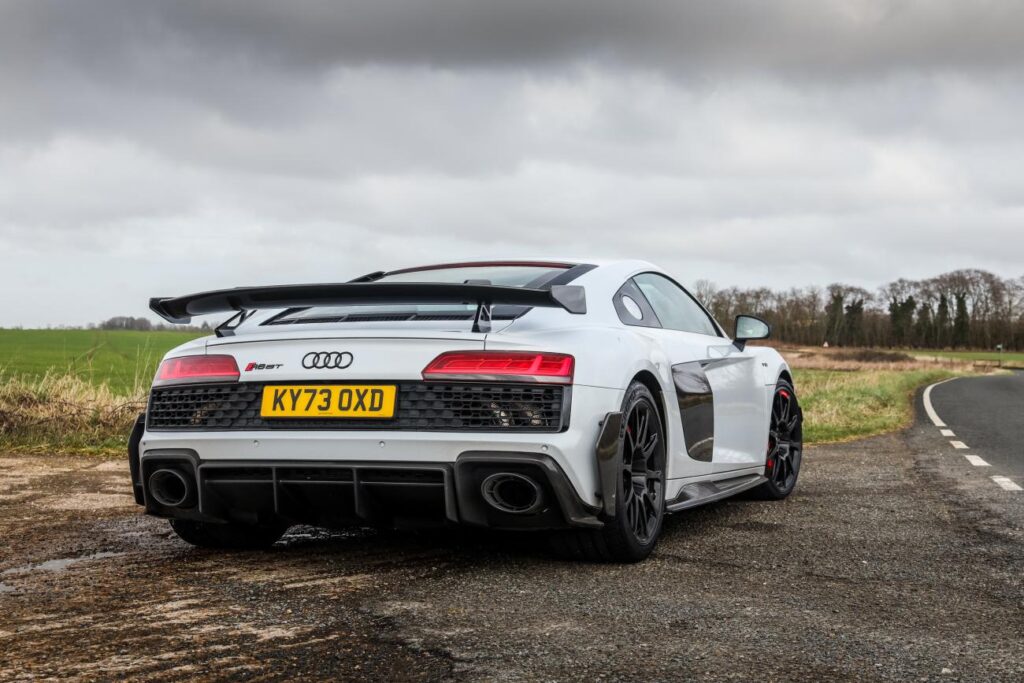
.jpg)
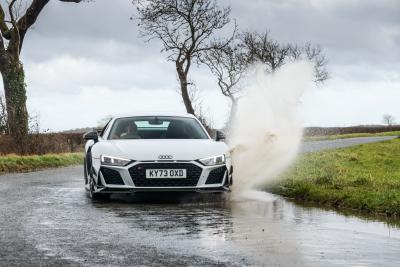
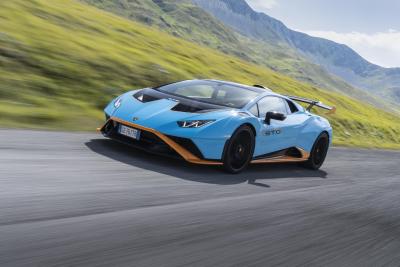

 copy.jpg)
